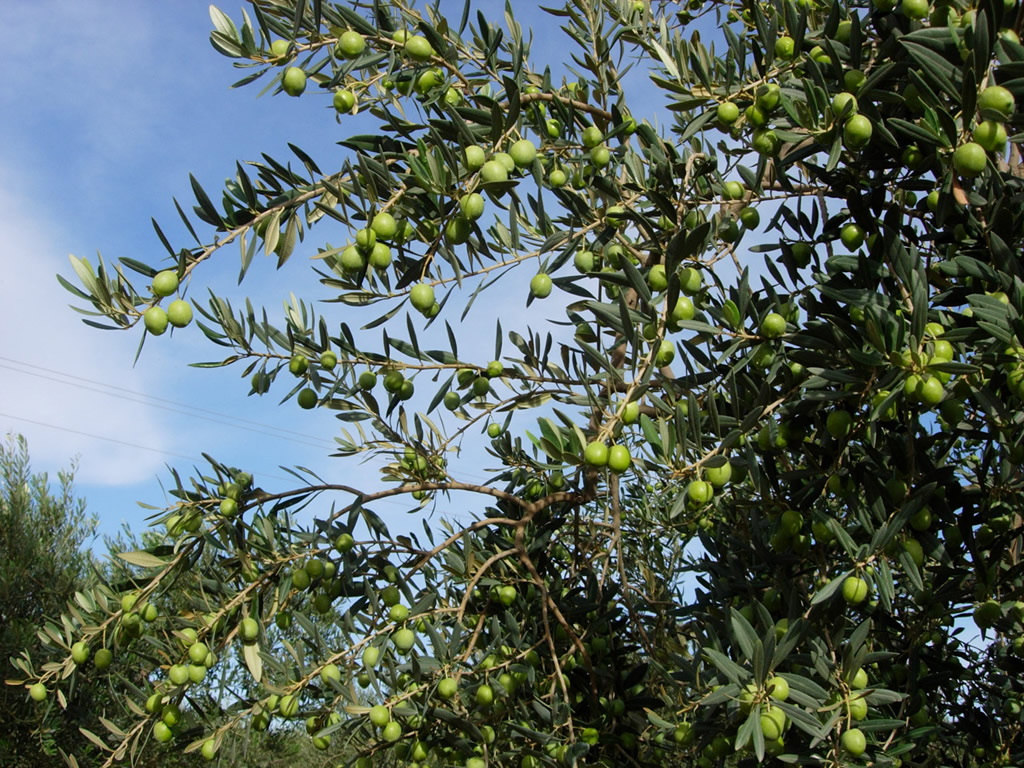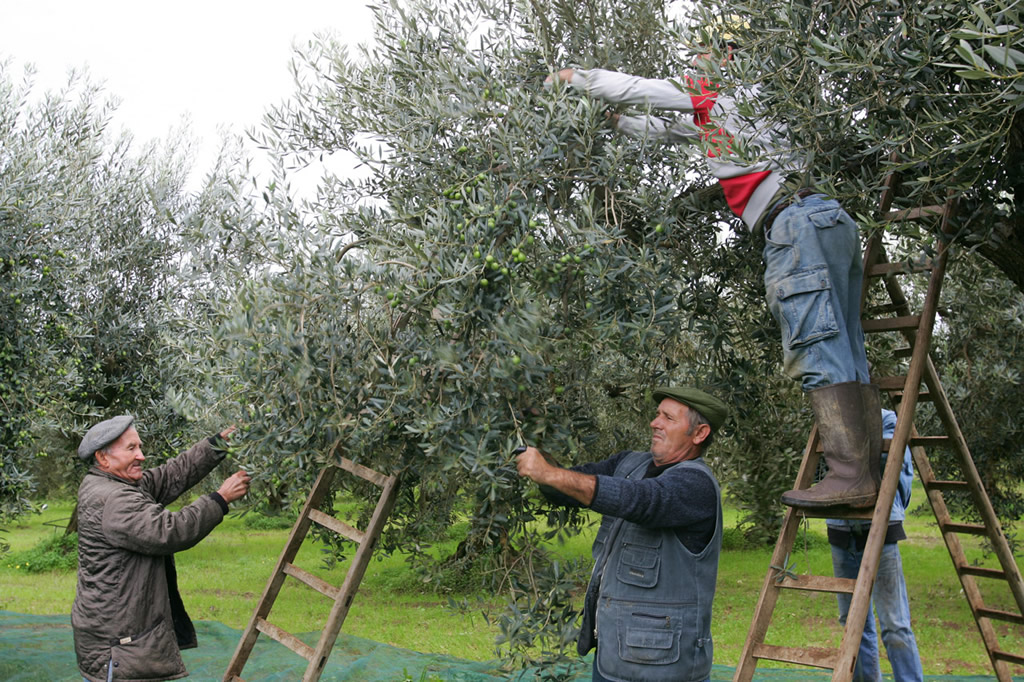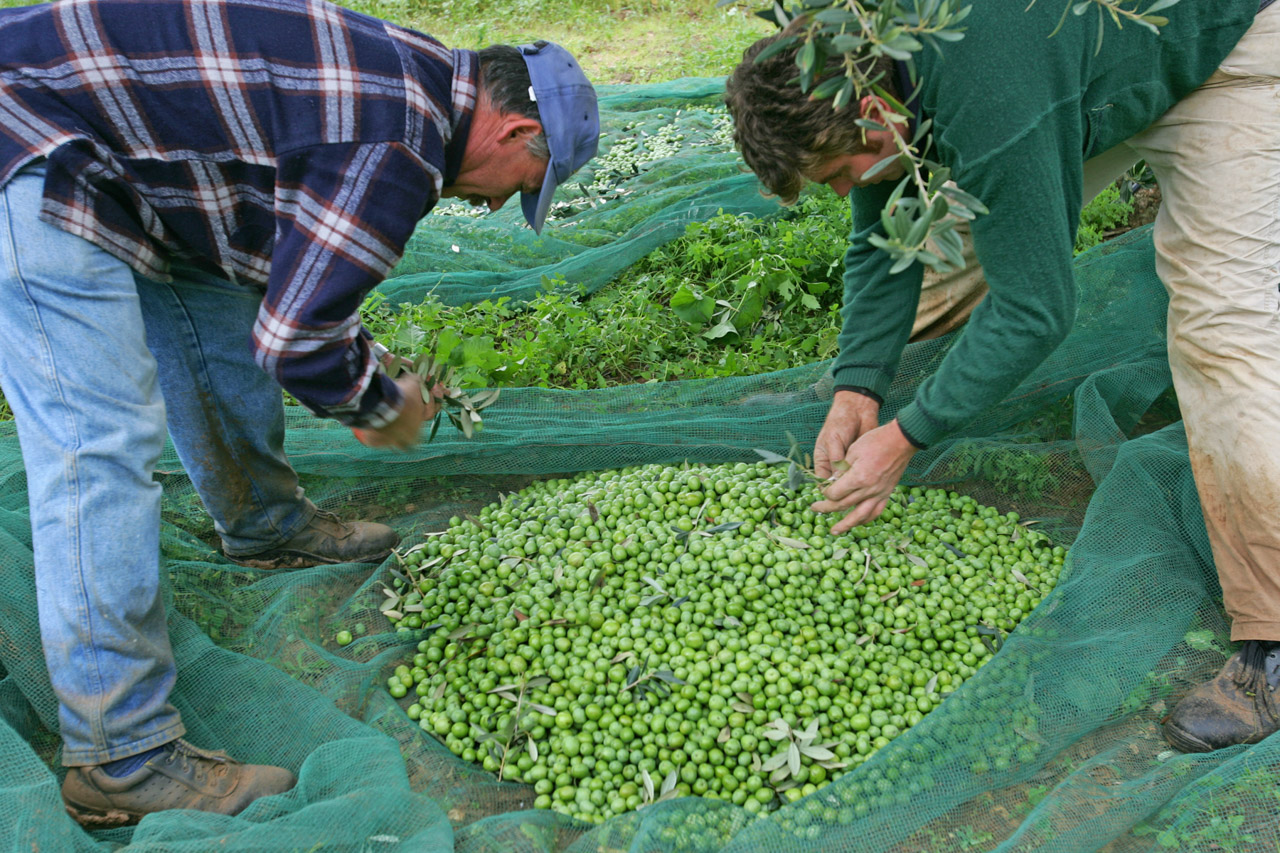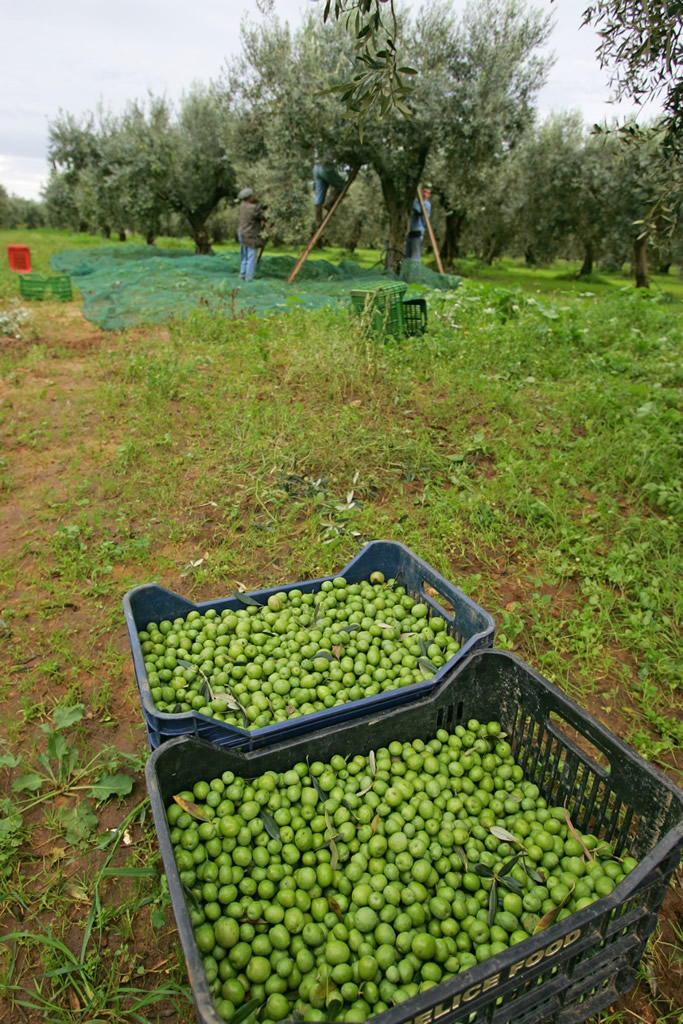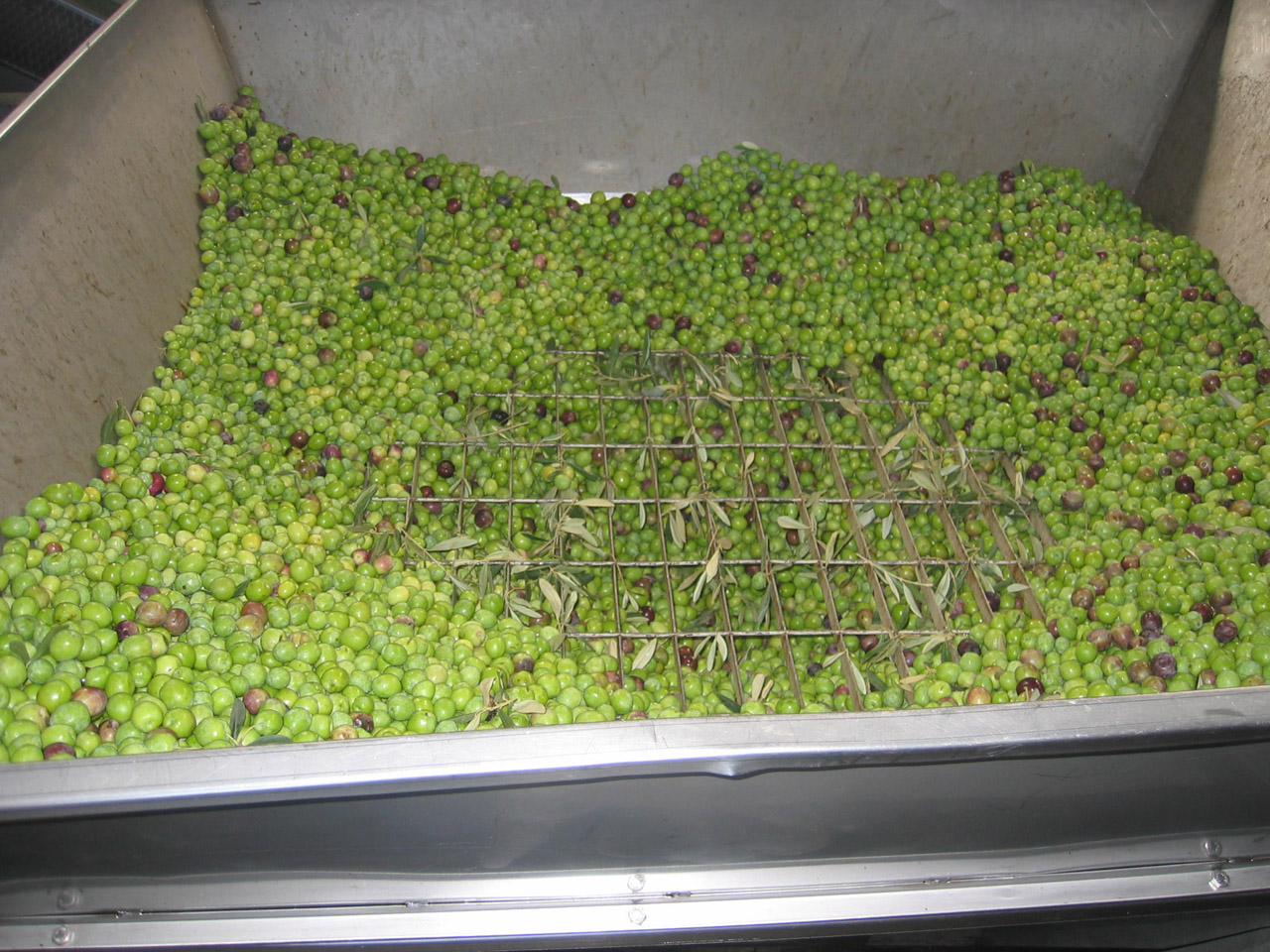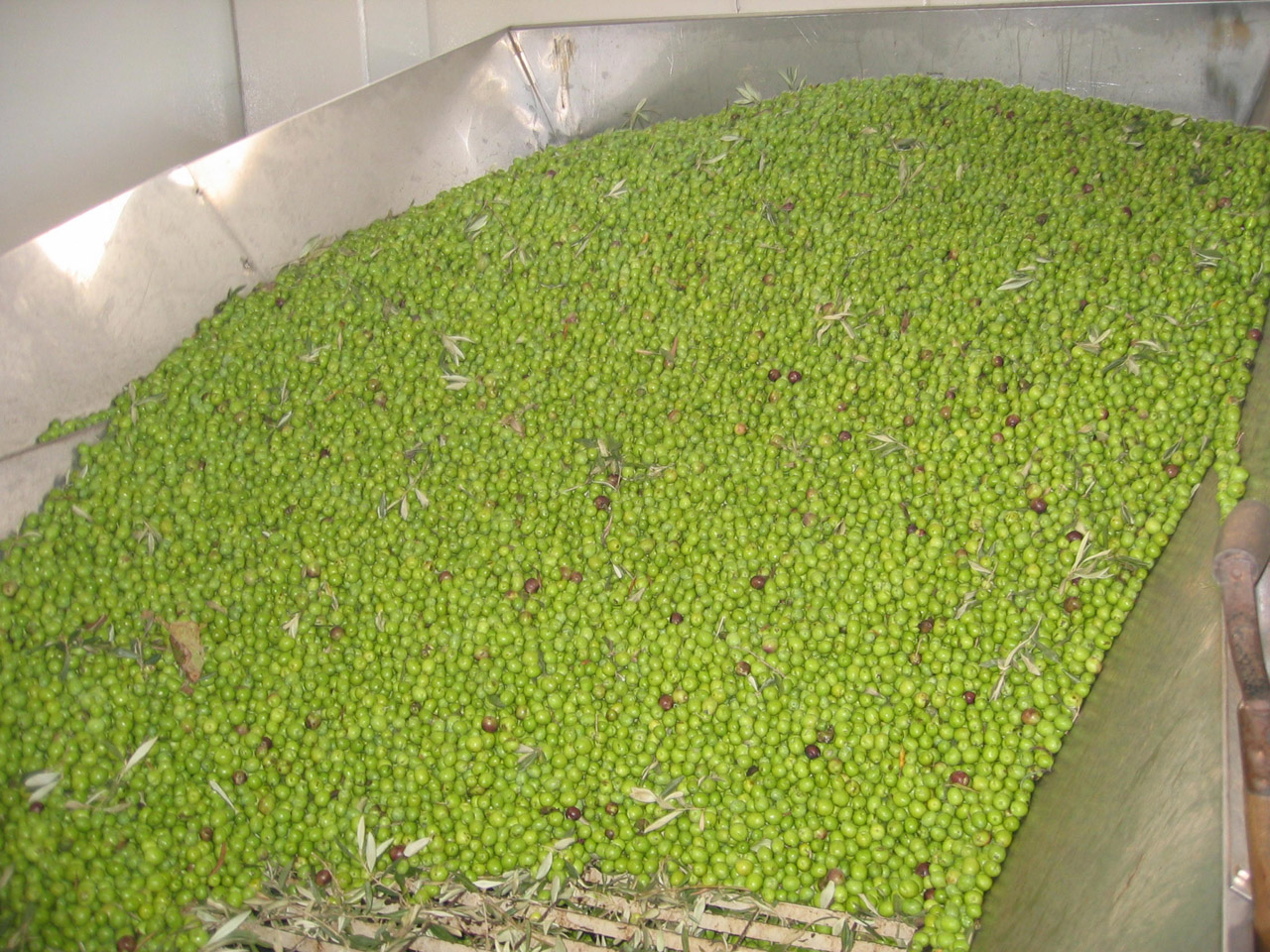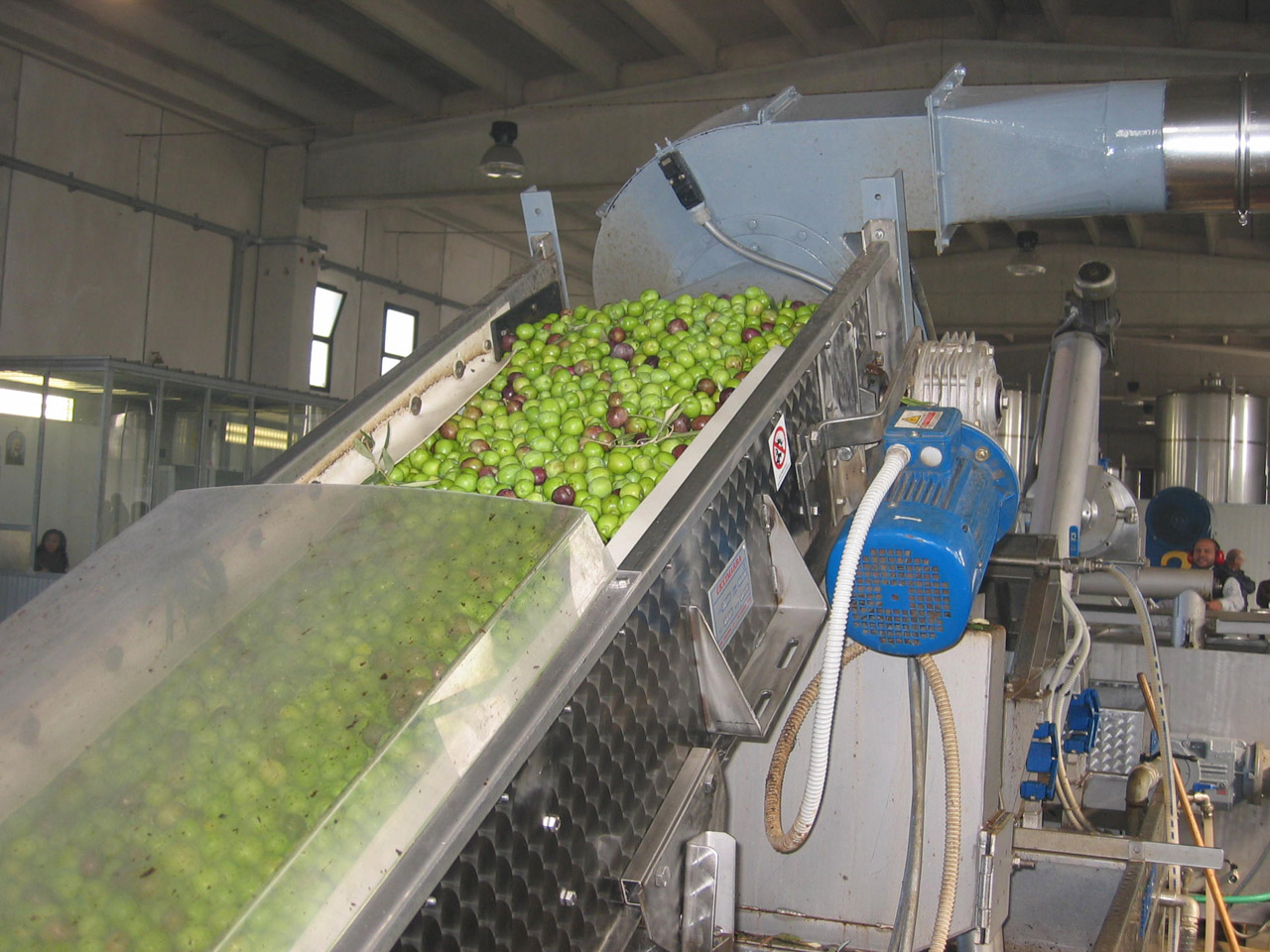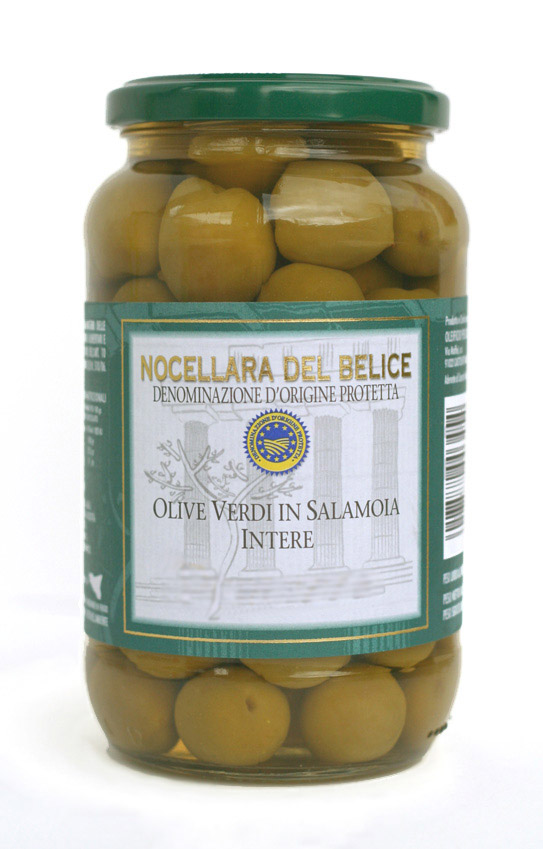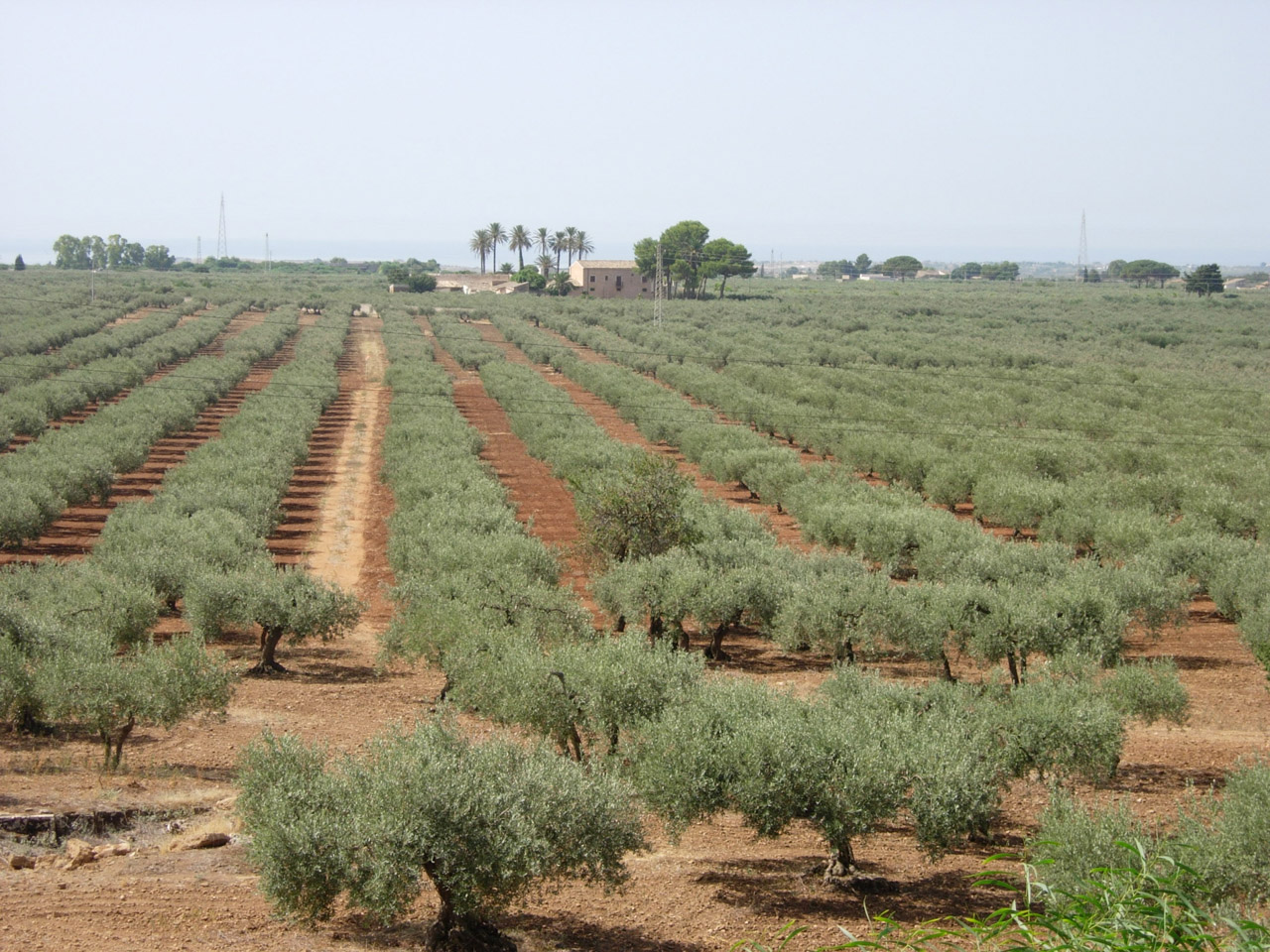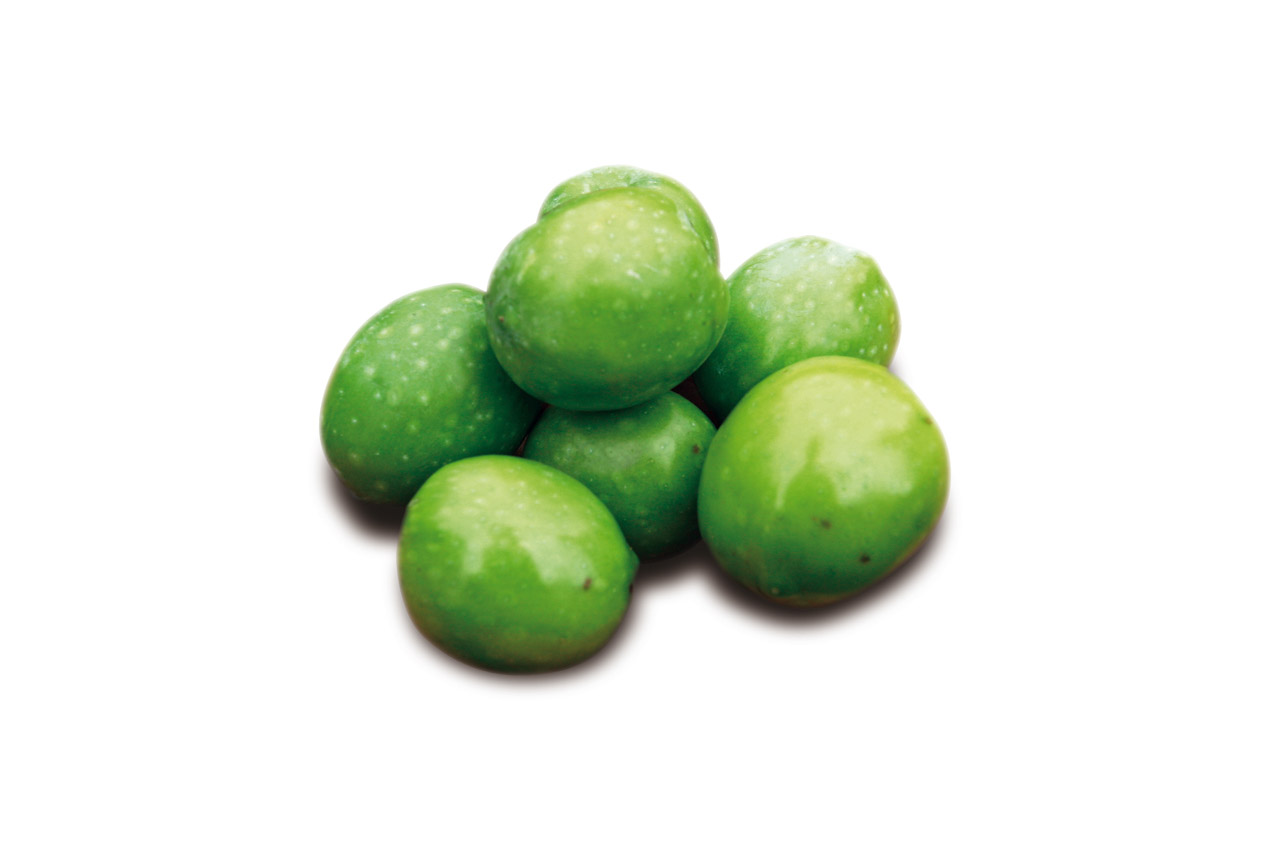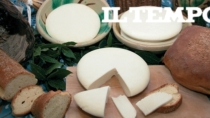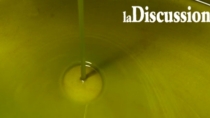Description
The Nocellara del Belice PDO refers to green and black table olives deriving from the variety of the same name, and the processed products deriving from them.
Production Area
The production area of Nocellara del Belice PDO is within the Belice Valley, in particular within the municipalities of Castelvetrano, Campobello di Mazara del Vallo and Partanna in the Province of Trapani, in the Sicily region.
Production Method
The olives are handpicked by gently “stripping” the fruit from the trees, generally between October and November. In this stage, the use of substances to accelerate the ripening of the olives is not permitted. The fruit are transported in net or lattice-work crates, where the fruit are placed in layers no higher than 20 cm. The processing stages are started within 24 hours from harvesting. There are three different processing systems for the green olives and two for the black ones. For the green olives: a transformation process or the Sivigliano System (immersion in sodium hydroxide, washing and lactic acid fermentation); the use of natural iridescent (brine is used for olives “au natural”); or the Castelvetrano System (immersion in sodium hydroxide, the addition of ground salt and washing). Olives which have been debittered with the first two methods can be transformed into the following: Whole in Brine, Crushed, Destoned in Brine, Sliced and Seasoned. The black olives can be treated with or without alkaline. Those not treated with alkaline can be further processed and transformed into the following: Au Natural in Brine, in Vinegar Brine, Dry Salted or Baked. For olives treated with alkaline, the use of a dry salting system or the Californian system is permitted; the latter involves the olives being stored in salted waler for 30 days, followed by softening, washing and oxidation by the introduction of compressed air.
Appearance and Flavour
Nocellara del Belice PDO is characterised by its large size: each olive weighs around 5-7 g. It has a rounded shape and is either green or black. The green olive turns a wine-red colour when it fully ripens. The pulp is substantial and crunchy, with a slightly bitter taste.
History
Olive cultivation in the Belice Valley has a very long tradition, especially table olives: this crop was able to establish itself almost spontaneously, due both to the ideal environmental characteristics and the valuable product requirements of the only cultivar represented so preponderantly. The first documents describing the presence of olive trees in the Belice Valley date back to the times of the Greek Selinunte colonisation, in the 7th century BC. Since the 19th century, the Nocellara del Belice variety has established itself as both a table olive and as a raw material for the production of olive oil.
Gastronomy
Nocellara del Belice PDO should be kept in a cool, dry place, away from heat sources or direct light. It is usually eaten as a delicious accompaniment to an aperitif, although it is also excellent with cheese, salami and traditional local vegetables in oil. It can also be used as an ingredient in typical Sicilian dishes, above all the famous caponata.
Marketing
The product is marketed as Nocellara del Belice PDO. The green olives are sold year-round, Whole (with the stone) in Brine, Destoned in Brine, Crushed, Sliced, Cut or Seasoned with oil, garlic, chili and Oregon. The black olives are only available Au Natural in Brine. The product is generally packaged in glass or tin plate recipients, plastic heat-sealed bags, or terracotta or plastic containers.
Distinctive Features
The red or brown soil and the typical Mediterranean climate create micro-environmental conditions which influence the typical characteristics of Nocellara del Belice PDO, that is, their size and distinctive taste.









